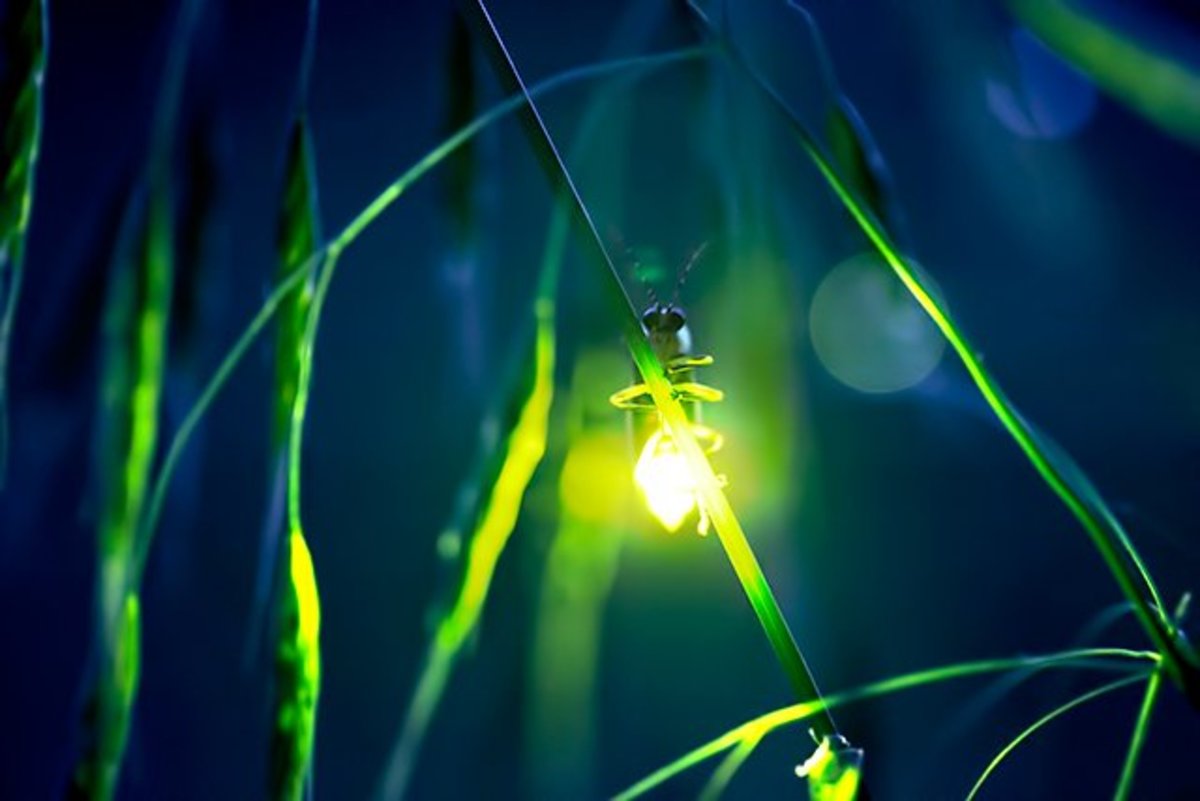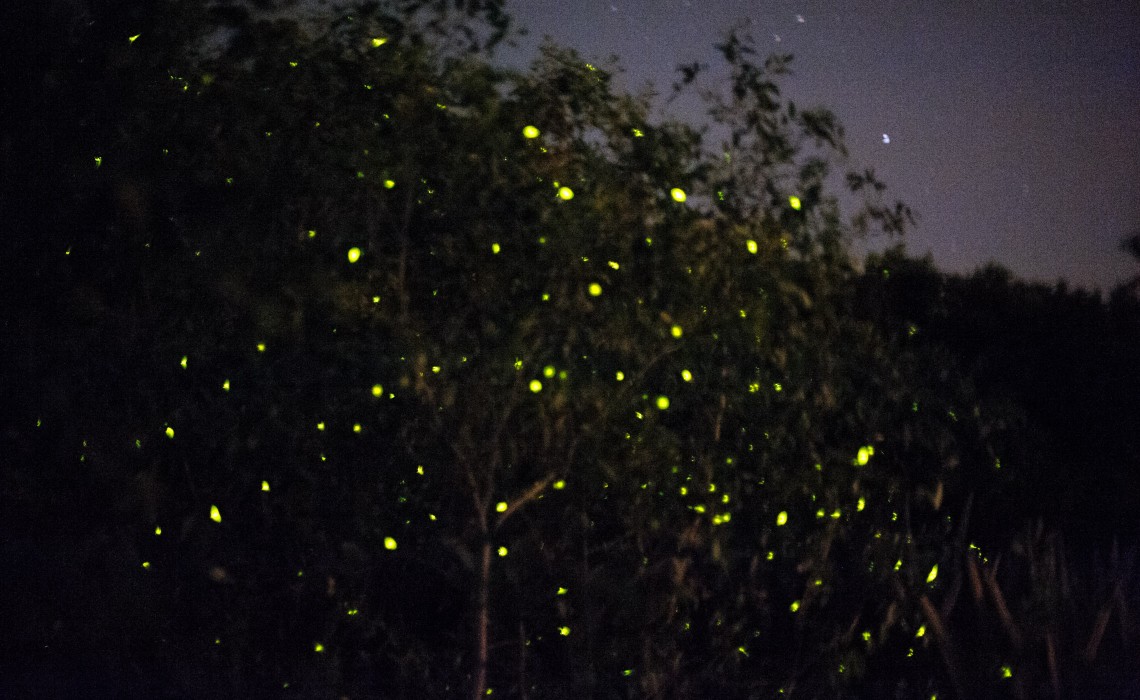
“It’s a very different process to fit the model to the behavior you’re seeing in the field, versus using a pre-existing theoretical model” based on previous observations, she says. “We’re wading through that bewildering complexity,” Hayes says, which is difficult. Models have been created by physicists such as Steven Strogatz, who studied the insects and marveled at their “bewildering complexity,” as he put it. Synchronous phenomena are vital to life as we know it, from the coordinated contractions of the heart to the firing of neurons in the brain.Īll three scientists have an interest or background in physics and computer science, and work to square mathematical models of synchronous or emergent behavior with what they observe in the wild. ( Learn more: How do these mysterious fireflies synchronize their dazzling light shows?)īut the answer promises to be revelatory, researchers say. Unauthorized use is prohibited.Īs to what the purpose of the synchrony is, “we ask ourselves that every day,” Peleg says. Sarfati, Hayes, and lab leader Orit Peleg have not yet published research from their May expedition, but they got clues about how dense the insects must be before they start synchronizing and how their signals propagate over long distances. “They somehow set their own personal clock at the same pace as the rest of the group.” “Somehow that’s enough to have everybody on the same page,” Sarfati says.

The insects can signal at roughly the same time across a wide area, even though they can only see the individuals within a short distance of themselves. “You get one shot at this per year.”Įxactly how the fireflies coordinate their signalling and achieve synchrony remains a mystery. Shelley says he was happy that the researchers could take advantage of this moment. In May, Hayes and University of Colorado-Boulder colleague Raphael Sarfati traveled to Congaree to take 3-D video recordings of the insects as they displayed. “It was an honor”-and a unique opportunity to take night-time photos to share publicly without the interruption of visitor’s flashlights. The pandemic had canceled many of his events and trips, but the visit to Congaree kind of “took the sting out of it for me.” Stone says. Stone was attracted to the project because the fireflies live among stands of old-growth cypress, a rare and imperiled type of forest that he’s photographing around the Southeast. “We’re pretty hopeful that it is some of the most natural data we can get in terms of them not being by people,” says Julie Hayes, a researcher in ecology and computer science at University of Colorado-Boulder.
#LIGHTNING BUGS SYNCHRONIZED MAC#
To record and study the bioluminescent creatures during this unusual moment in time, a team of researchers and National Geographic Explorer Mac Stone spent more than a week in Congaree in mid-May.


Moreover, fireflies can breed this summer without interference from light pollution and disturbance in forests around the country-likely serving as a boon to the insects, many of which are declining across their range. Hayes wore a mask and practiced social distancing, while also using a red headlamp to lessen disturbances to fireflies. During the coronavirus pandemic, Congaree is partially closed to the public, but the national park allowed researchers like University of Colorado Boulder scientist Julie Hayes (seen inspecting a firefly) to do vital research that can only take place during a brief window in May.


 0 kommentar(er)
0 kommentar(er)
